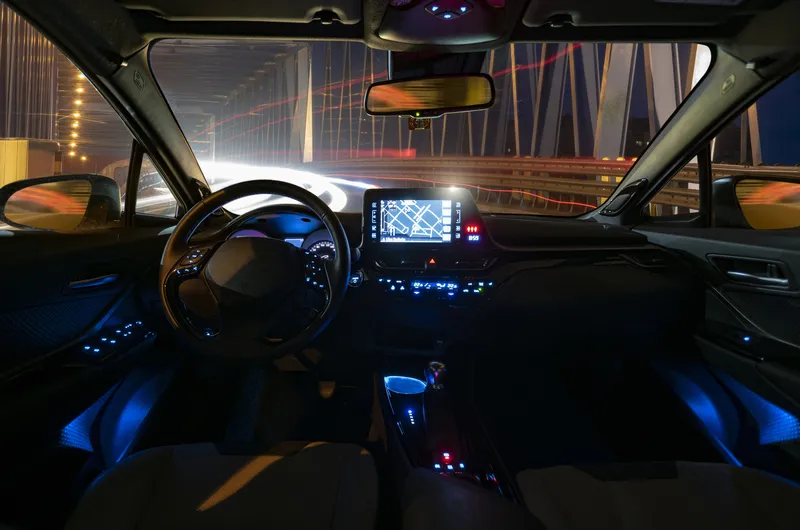The ADLV (Association for Driving Licence Verification) is calling for fleet managers to make more regular checks on driver licence entitlement, including quarterly checks for vocational fleets as a norm and more frequent checks where driver risk profiles warrant it.
The organisation claims that most checks are currently carried out on just an annual or bi-annual basis. It believes that, by establishing industry standards based on driver risk profiles, fleets will be able to more quickly identify high-ri
September 23, 2015
Read time: 2 mins
The ADLV (Association for Driving Licence Verification) is calling for fleet managers to make more regular checks on driver licence entitlement, including quarterly checks for vocational fleets as a norm and more frequent checks where driver risk profiles warrant it.
The organisation claims that most checks are currently carried out on just an annual or bi-annual basis. It believes that, by establishing industry standards based on driver risk profiles, fleets will be able to more quickly identify high-risk groups, such as those with mobile phone misuse and other offences. In using the latest commercial licence checking systems, through an ADLV member to perform repeat checks, fleet managers can be sure that they have taken the appropriate action, minimised the risks to the public and boosted road safety.
The ADLV's deputy chair Richard Payne-Gill believes that a move to more regular checking will support both risk reduction and road safety. He notes, "Previously annual or bi-annual checks were deemed to be sufficient. However, the latest checking systems, available through ADLV members, deliver more regular checks and are already being followed by some major fleets. In our view more frequent automated commercial checking varied according to driver risk profile, will establish itself as the best-practice for all professional fleet managers."
The organisation claims that most checks are currently carried out on just an annual or bi-annual basis. It believes that, by establishing industry standards based on driver risk profiles, fleets will be able to more quickly identify high-risk groups, such as those with mobile phone misuse and other offences. In using the latest commercial licence checking systems, through an ADLV member to perform repeat checks, fleet managers can be sure that they have taken the appropriate action, minimised the risks to the public and boosted road safety.
The ADLV's deputy chair Richard Payne-Gill believes that a move to more regular checking will support both risk reduction and road safety. He notes, "Previously annual or bi-annual checks were deemed to be sufficient. However, the latest checking systems, available through ADLV members, deliver more regular checks and are already being followed by some major fleets. In our view more frequent automated commercial checking varied according to driver risk profile, will establish itself as the best-practice for all professional fleet managers."










